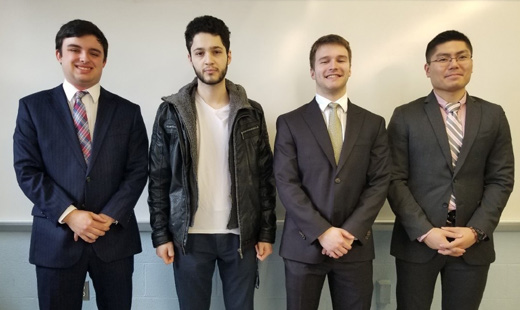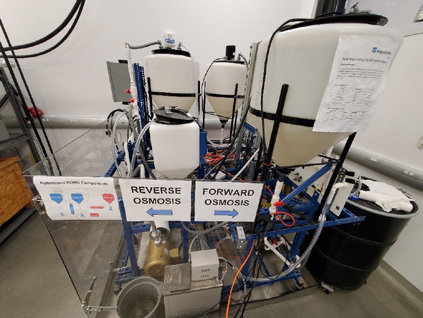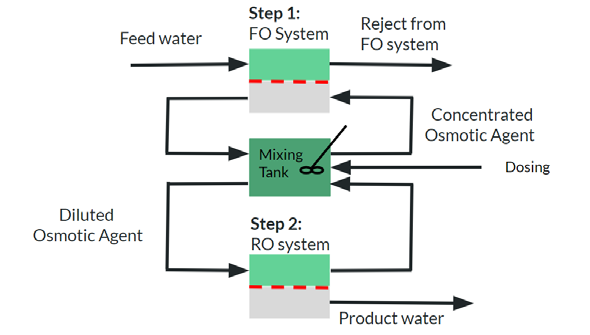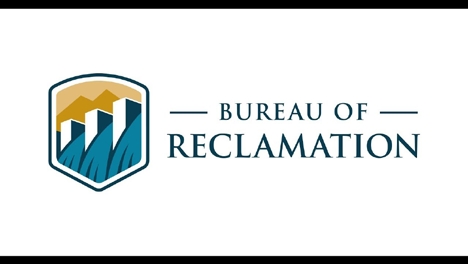
Figure 1

Figure 2

Chemical and Biomolecular Engineering
Team 21
Team Members |
Faculty Advisor |
Jalal Faraj |
Jeffrey McCutcheon Sponsor United States Bureau of Reclamation |
sponsored by

In a FO-RO hybrid system, the goal of the FO unit is to dilute the osmotic agent from the draw solution and pass it on to a continuously stirred tank reactor (CSTR). The purpose of the CSTR is to mix the diluted draw solution stream from the FO unit with the reject stream from the RO unit. Furthermore, the CSTR acts as a buffer that allows us to control the flow of the system. Finally, the goal of the RO unit is to dewater the stream, producing one stream of concentrated osmotic agent, which is returned to the CSTR, and a product stream of recycled water. After we made a process flow diagram of the system, we modeled an ideal system, under the assumptions that there is no salt bleeding and no fouling at the membranes, as well as no boundary conditions around the membranes. Afterwards, we moved on to modeling non-ideal systems, taking into account that our ideal assumptions are no longer valid. When recording data, we measured the water flux of the system over time, and compared our predictive model to experimental data that was provided to us by the McCutcheon lab. We observed that water fluxes in both FO/RO reach an asymptote, and will converge to be equivalent, therefore reaching steady state.
